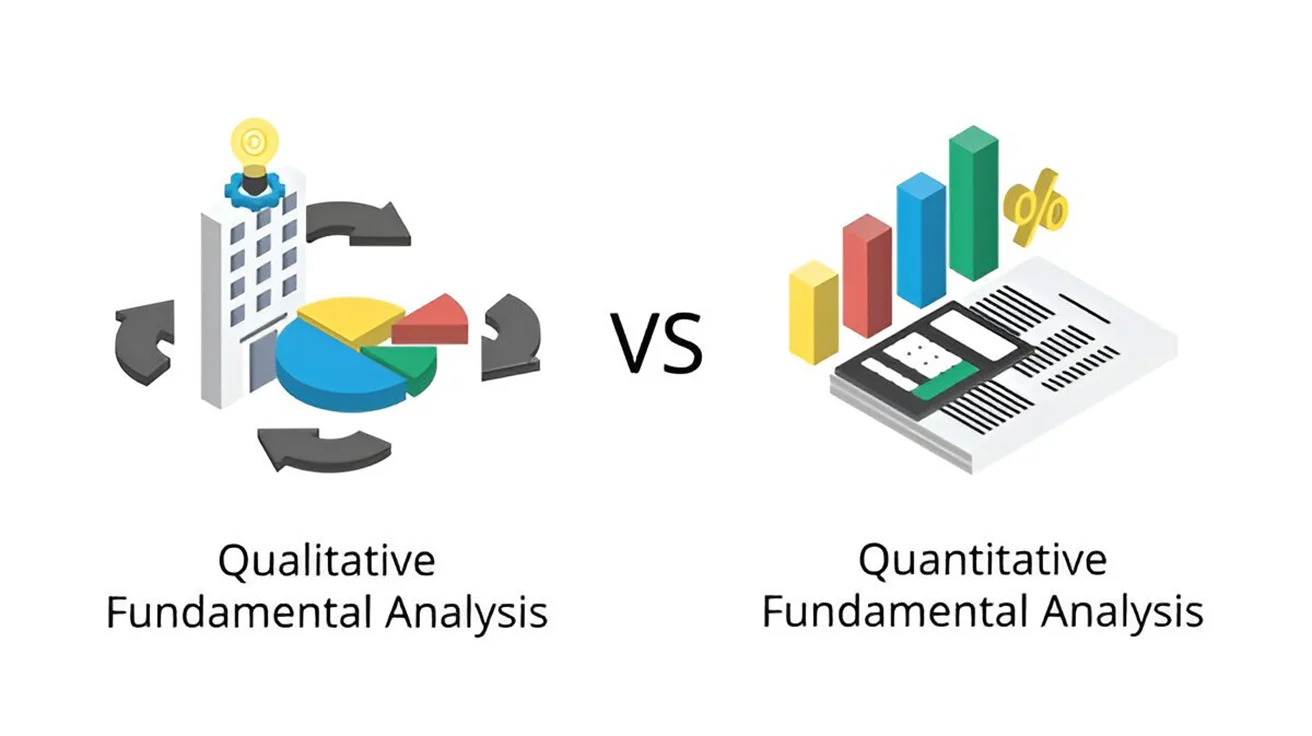No products in the cart.

Quantitative and Qualitative Research are game changers in business decision-making. They provide actionable intelligence that can drive strategic choices, but selecting the right methodology is crucial for success. Here, we will outline the differences, benefits, and applications of the two approaches so that you can make a well-informed choice.
Quantitative and Qualitative Research: The Basics
Quantitative and Qualitative research methods are applied differently in business research. Quantitative research deals with numbers and measurable facts, while qualitative research is more focused on the investigation of human behavior and the reasons for specific trends.
What is Quantitative Research?
Quantitative research is about numbers. Quantitative research uses formal tools like experiments and surveys to collect quantitative data that is numerically codable and statistically analyzable.
Quantitative method is the way to go if you need specific numbers to back up decisions. For instance, if a market research company wants to measure how satisfied the customers are, they can use quantitative methods to obtain numerical ratings and study trends.
Common examples of quantitative inquiry are:
- Closed-ended question surveys
- Controlled variable experiments
- Quantitative secondary data sources like sales reports
What is Qualitative Research?
Qualitative research, on the contrary, focuses on understanding the “why” of customer’s behavior. It involves the gathering of qualitative data through interviews, focus groups, and observations, which allows companies to explore attitudes, motivations, and emotions.
This method is handy when it comes to launching a new product because it uncovers customers’ expectations and needs. For example, a market research company can conduct in-depth interviews to find out why customers like one brand over another.
Common qualitative methods include:
- In-depth interviews
- Focus groups
- Observational studies
How to Decide Between Quantitative and Qualitative Research
Choosing Quantitative or Qualitative depends on your business goals and the type of data you need. Here is how you choose:
1.State Your Research Objective
If you want to measure something, for example, market share or customer satisfaction levels, employ quantitative methods. They provide you with concrete, numerical information to support business decisions.
But if you’re exploring new ideas or have to discover customer motivations, qualitative research is the best option. It offers deeper insights into customer behavior that numbers cannot provide.
2.Consider the Data You Need
If you need data that is comparable and measurable, use quantitative data. This is useful for comparing different customer groups or measuring changes over time.
For emotional insights or customer experience, select qualitative data. It’s ideal for brand positioning and understanding customer loyalty.
3.Time and Budget Constraints
Quantitative research tends to be faster and cheaper because it involves surveys or online polls that can be automated. Quantitative research, on the other hand, can be more time-consuming and costly as it involves lengthy interviews or focus groups with smaller samples.
4.Use Both Approaches for Best Outcomes
Sometimes the best approach is to use both approaches. This is known as a feasibility study or mixed-methods research. For example, start with qualitative interviews to talk about customer pain points, followed by a quantitative survey to measure how common those problems are.
Applications in Real-World Business
A market research company might use quantitative research, research to measure brand awareness in different areas, then use qualitative focus groups to better understand customer attitudes.
A product development group might start with qualitative interviews to explore user requirements, then use quantitative methods to validate those findings with a larger audience.
Conclusion: Choosing the Right Approach
The decision between Quantitative and Qualitative research depends on what you are trying to achieve, budget, and the type of insights that you need. If you need hard numbers and statistical evidence, go for quantitative research. If you want to understand customers’ motivations and behaviors in depth, go for qualitative research.
In most instances, the application of both approaches can yield a more integrated picture, enabling your company to make informed business decisions. Whether a startup or big market research firm, learning how to select the appropriate research methodology can really shape your company’s growth and achievement.
Frequently Asked Questions (FAQs):
How do I decide which research method to use for my business?
Consider what you must accomplish by conducting research. If you need data that can be measured, employ quantitative. If you want to research ideas or behavior, employ qualitative.
Is quantitative or qualitative research more precise?
Neither is more accurate in nature; it just depends on the research purpose. Quantitative research yields numeric precision, and qualitative research yields greater contextual understanding.
What are the advantages of quantitative data?
Quantitative data gives statistical validity, enabling trends to be measured more easily, comparison by segment, and decision support based on data.
What are some quantitative research methods examples?
Surveys with close-ended questions, experiments, and statistical analysis of pre-existing datasets are common quantitative methods.
What are some qualitative research methods examples?
Qualitative methods entail in-depth interviews, focus groups, and observational studies that investigate experiences, attitudes, and motivations.
Why is qualitative research important for businesses?
Qualitative research provides insights into customer motivations and experience that are deeper, allowing businesses to understand their customers more and create more effective marketing strategies.
Related Posts
April 15, 2025
Emerging Trends in Market Research: What to Expect in 2025 and Beyond
Trends in market research have widened for rapid change, engulfing both technology and consumer…
April 11, 2025
The Impact of Market Research Companies on New Product Development
Market research companies can contribute to product development and increasing sales by helping businesses…
March 27, 2025
How to Conduct Effective B2B Market Research?
B2B market research occupies an important seat in the strategy call of a business in…
March 17, 2025
The Power of Data Driven Decision Making in Modern Marketing
Data driven decision making is increasingly shaping modern marketing, informing the creation of meaningful…
 Demos
Demos  Docs
Docs  Support
Support 




